Introduction
The University of Bremen is one of the famous universities in Germany and one of the youngest universities in Germany. Its fields of marine earth sciences and social sciences are particularly famous around the world.
Overview
Student size: approximately 18,000 students.
Faculty size: 2,300 academic staff, including 270 professors.
history
The history of the University of Bremen can be traced back to the Bremen Latin School in 1584. In 1610, it became a specialized university teaching law, medicine, and philosophy until the end of the 18th century. In 1810 and 1811, it was called the French University of Bremen during the reign of Napoleon. In 1948, it was changed to the International University of Bremen. In 1971, it was officially renamed the University of Bremen as a reform university.
Establishment time
In 1971 it was officially renamed the University of Bremen.
School running strength
Faculty: There are 270 professors and more than 2,300 academic staff, of which 32% are female professors and 43% are female academic staff. They have rich teaching and research experience in their respective subject areas and can provide students with high-quality education and guidance.
Scientific research results: Remarkable scientific research results have been achieved in multiple disciplines. For example, researchers at the Marine Environmental Research Center (MARUM) used submersible robots and high-precision camera systems to study the interface between the ocean and land. In 2019, MARUM was once again awarded Cluster of Excellence status, and in addition the Bremen International Institute for Social Sciences (BIGSSS) has been funded by the Excellence Program since 2005.
Nature of institution
Public universities.
educational philosophy
It emphasizes the close integration of research and teaching, uses scientific research results to promote the improvement of teaching quality, cultivates students' scientific research thinking and practical ability, so that students can be exposed to the latest scientific research trends and technological development trends during the learning process, and provide opportunities for future career development and Lay a solid foundation for academic research.
Focus on interdisciplinary education, encourage exchanges and cooperation between different disciplines, and cultivate students' comprehensive qualities and innovative abilities to better cope with complex and ever-changing social realities and technological development needs.
Internationalization is also an important part of its educational philosophy. It actively welcomes students and scholars from all over the world and is committed to creating an international education and research environment, allowing students to learn and grow in a multicultural atmosphere, and enhancing students' international vision. and cross-cultural communication skills.
Key laboratories and disciplines
Key laboratory: The marine geology major is a key scientific research demonstration site of the German Natural Science Foundation. One-third of the global ocean drilling projects and the Atlantic and Arctic Ocean drilling samples in charge of the European region are all stored at the University of Bremen. The Institute of Applied Radiation Technology, the Institute of Maritime Transport and Logistics, the Institute of Tropical Ecology of the Maritime Industry and the Max Planck Institute of Marine Microbiology are in a leading position in basic theoretical research. It is also home to Alfred Weig Home of the Institute of Polar and Marine Research.
Key disciplines: The key disciplines of the University of Bremen include industrial engineering, physics, mathematics, microbiology, computers and digital media, earth sciences, law, etc. Its fields of marine earth sciences and social sciences enjoy a high reputation around the world, and political science , law, philosophy, sociology, economics and other disciplines have outstanding performance in the elite competition across Germany. In addition, the school also has strong strengths in the fields of law, mechanical manufacturing, electrical engineering, computer intelligence, aviation, logistics and other fields.
Faculty
There are 12 faculties at the University of Bremen, namely:
School of Physics and Electrical Engineering
School of Biology and Chemistry
School of Mathematics and Computer Science
School of Mechanical and Production Process Engineering
School of Earth Sciences
law school
School of Economics
School of Social Sciences
School of Cultural Studies
School of Languages and Literature
College of Human and Health Sciences
College of Education
Ranking
2024 QS World University Rankings: 514th.
2021 Academic Ranking of World Universities: 501-600.
cost
Tuition fees: German public universities usually do not charge tuition fees, but you need to pay a certain registration fee and other administrative fees each semester, which ranges from a few hundred euros per semester.
Living expenses: The monthly living expenses of students vary from person to person. They generally include rent, food, transportation, school supplies, etc., and are about 800-1,000 euros.
campus
Geographical location: Located in the state of Bremen, Germany, which is located on the lower reaches of the Weser River in northern Germany. It consists of the city of Bremen and Bremerhaven. Bremen is one of the oldest surviving city-states in the world. Bremerhaven is the second largest port in Germany. , is also one of the largest fishing ports in Europe. It has developed shipping and shipbuilding industries, as well as automobile, machinery manufacturing, electronics, aerospace and other industries.
Campus facilities: The campus is equipped with modern teaching facilities, such as teaching buildings, laboratories, libraries, computer centers, etc. It also has supporting living facilities such as student dormitories, canteens, and sports facilities, providing students with good learning and living environment.
-
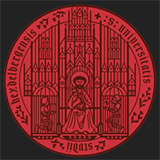
Heidelberg University
-
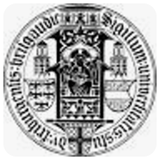
University of Freiburg
-
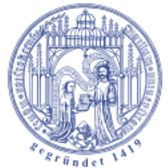
University of Rostock
-

University of Marburg
-

University of Jena
-
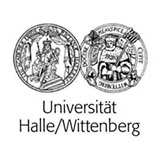
University of Halle-Wittenberg
-

University of Bayreuth
-

Leipzig University
-

University of Tübingen
-
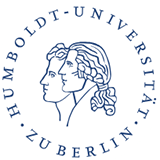
Humboldt University of Berlin
-

Mesoamerican University
-

Istmo University
-
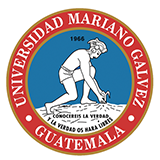
Mariano Galvez University of Guatemala
-
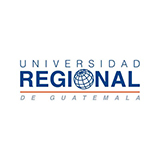
Regional University of Guatemala
-
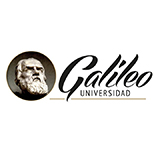
Galileo University
-
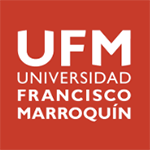
Francisco Marroquín University
-

Rafael Landívar University
-
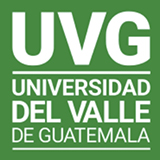
University of the Valley of Guatemala
-
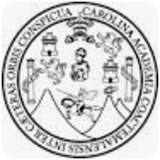
University of San Carlos of Guatemala
-

Technological Institute of Tlaxcala Plateau
-

Golfo University
-
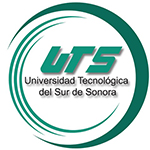
Technological University of South Sonora
-

Technological University of Huejotzingo
-
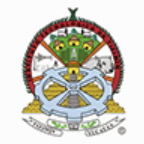
Tizimín Institute of Technology
-

Chilpancingo Institute of Technology

